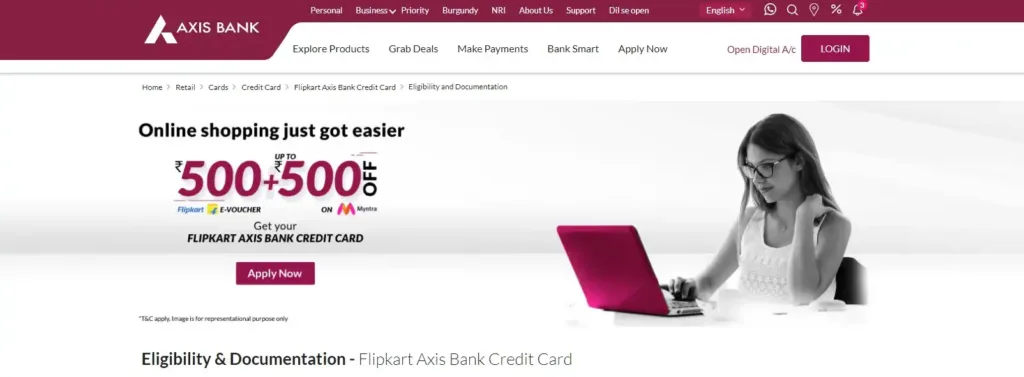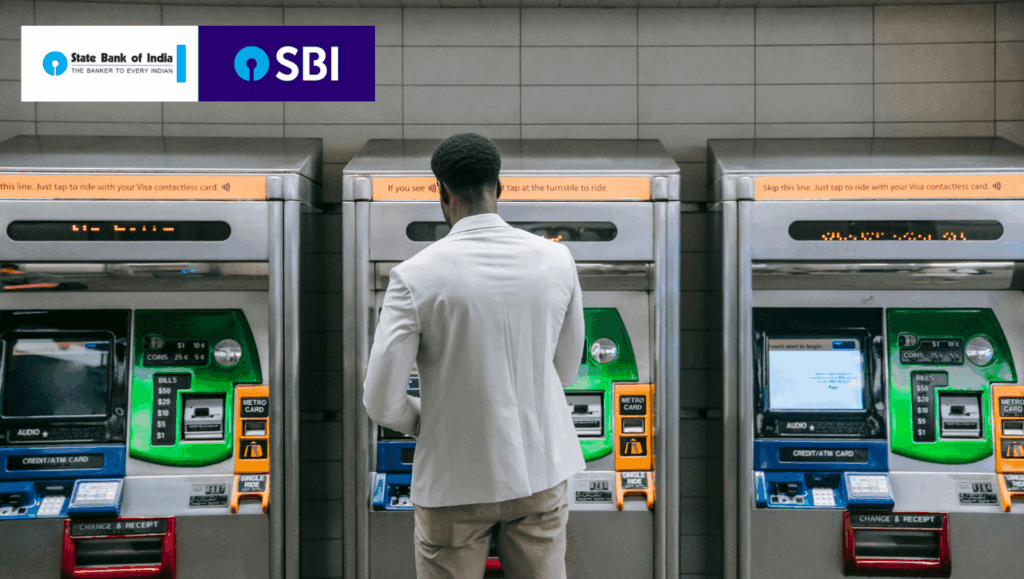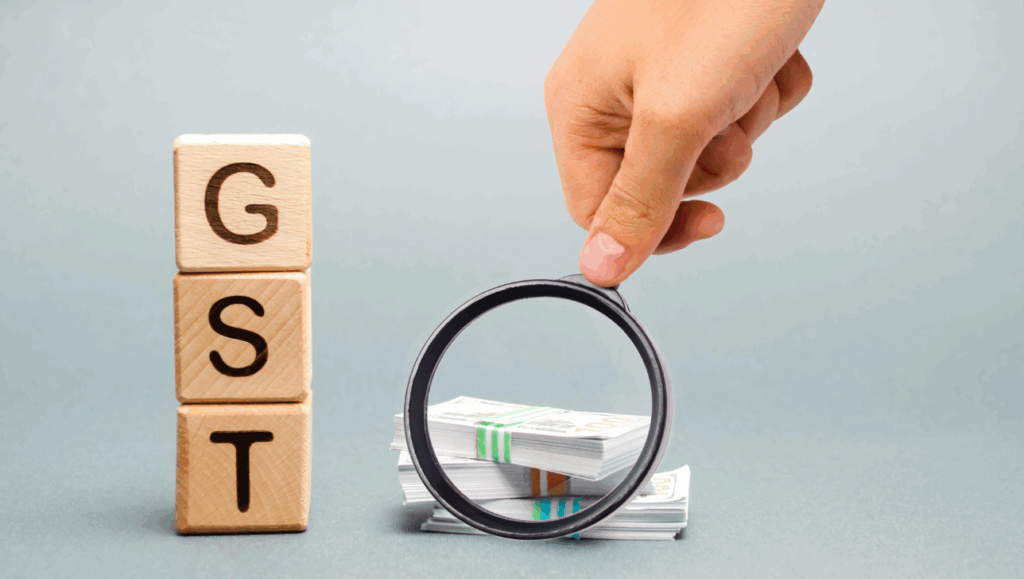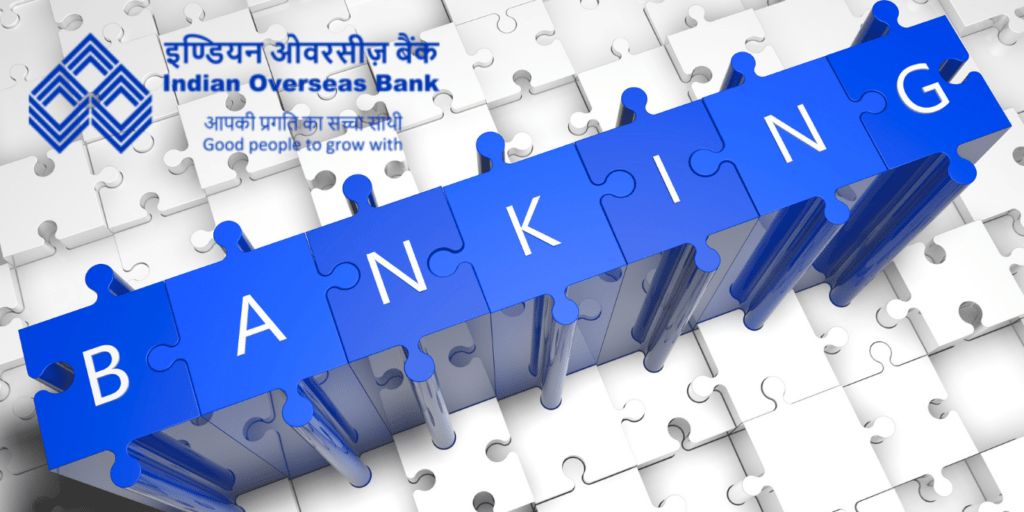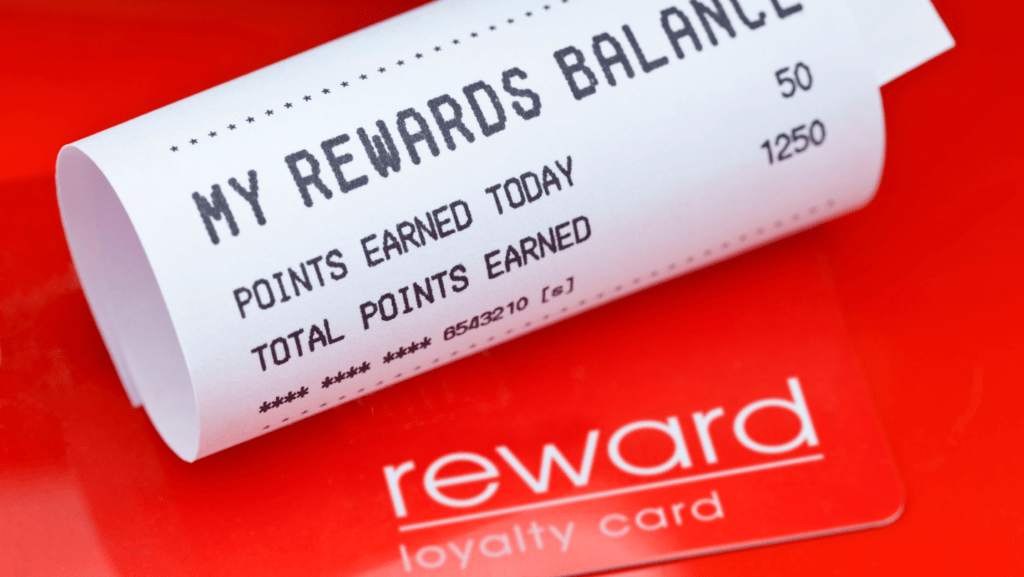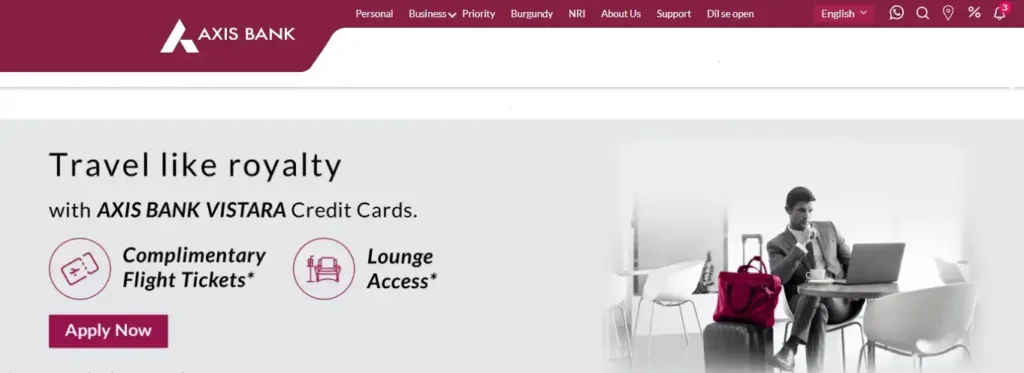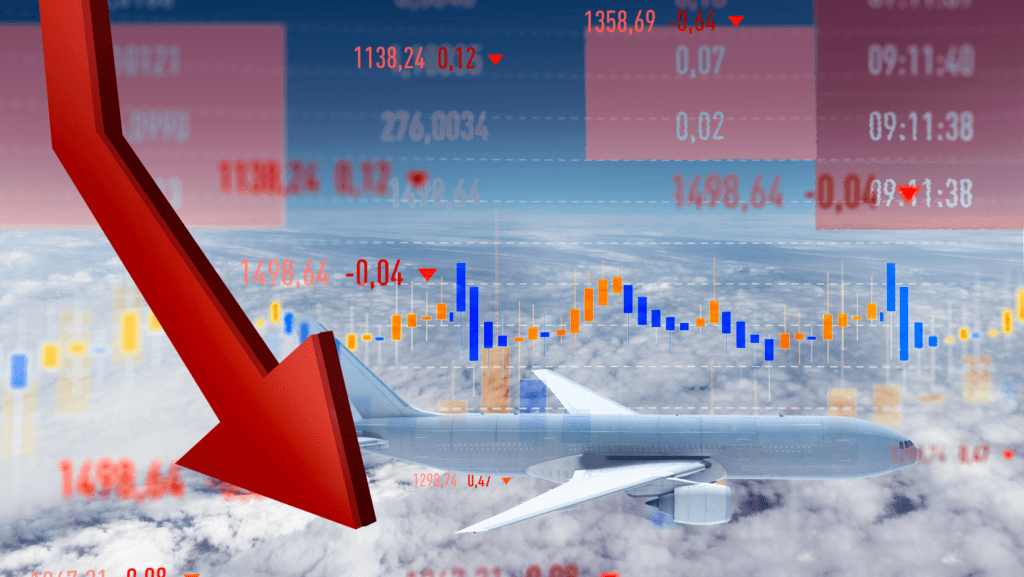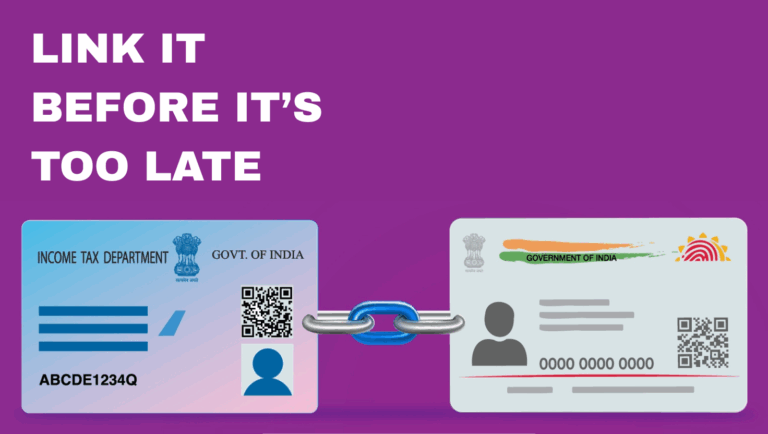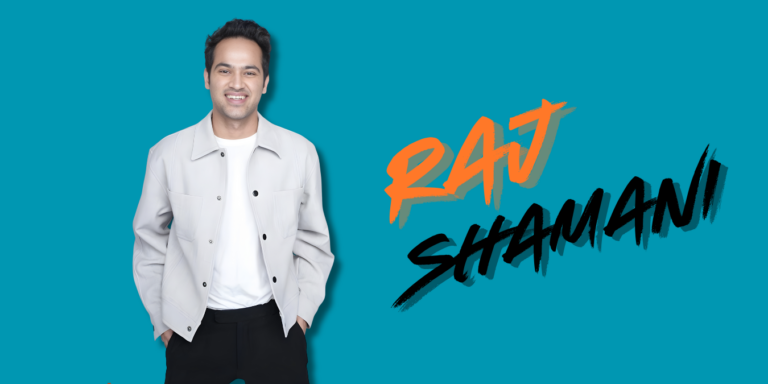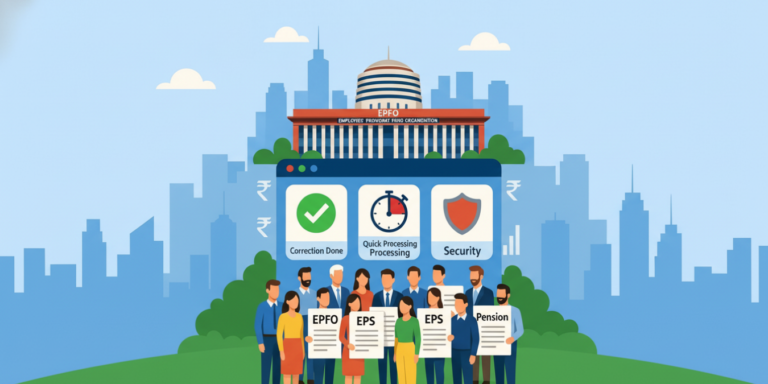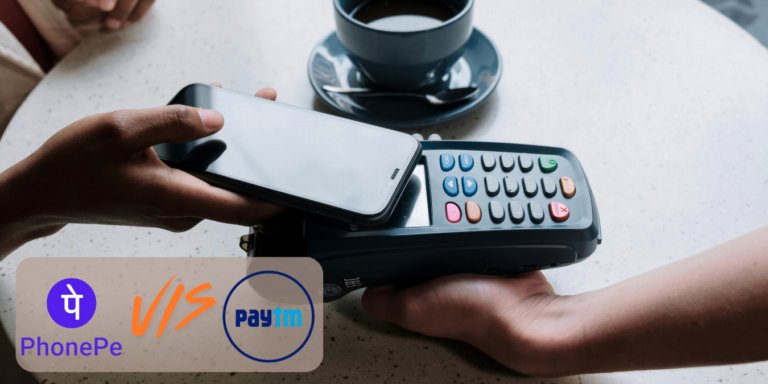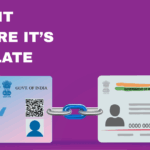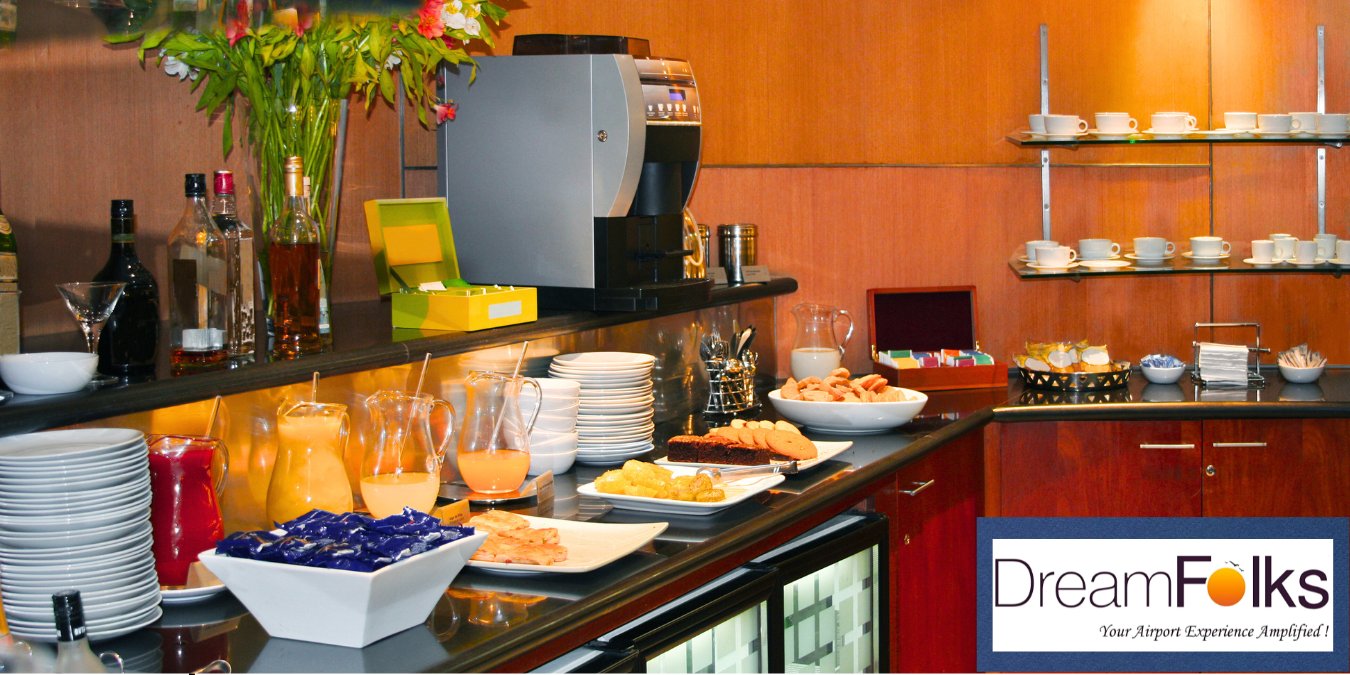
What Led to DreamFolks Shutting Down Domestic Lounge Services? The Fall of a Lounge Access Giant
Why did DreamFolks, India’s lounge access giant, collapse overnight in 2025? Shocking exits by ICICI, Axis, and Adani Airports crushed its 90% market share, slashing its stock by 67%. As airports and banks seize control with D2C apps, DreamFolks scrambles to pivot globally. Will it survive or fade into irrelevance? Uncover the untold story of betrayal, disruption, and a high-stakes race for India’s lounge ecosystem in this gripping 2025 analysis. Dive in to discover what’s next for travelers and investors!
On September 16, 2025, DreamFolks Services Ltd., once India’s leading airport lounge aggregator, stunned the travel and finance sectors by announcing the immediate shutdown of its domestic lounge access services. For years, DreamFolks was the go-to platform for credit card holders enjoying complimentary lounge access at Indian airports, but this abrupt exit has left travelers, investors, and industry watchers scrambling for answers. The company’s stock plummeted, partnerships dissolved, and a new era of direct-to-consumer (D2C) lounge access emerged, driven by airport operators like Adani and GMR, and banks like ICICI and Axis. This blog post dives deep into the reasons behind DreamFolks’ domestic lounge collapse, its far-reaching impacts, and what lies ahead for the company and India’s airport lounge ecosystem, offering a detailed 2025 analysis from an Indian perspective.
Why DreamFolks’ Shutdown Shocked the Industry
DreamFolks Services Ltd. held a commanding 90% share of India’s domestic lounge access market, connecting banks, card networks, and passengers with lounge operators. Its sudden decision to cease domestic lounge operations, announced in a stock exchange filing on September 16, 2025, marked a seismic shift. The company described the move as “material,” signaling significant financial and operational repercussions. The closure wasn’t a standalone event but the culmination of mounting pressures that eroded DreamFolks’ once-unassailable position.
Key Triggers of the Shutdown
- Loss of Major Lounge Operators: Key partners like Adani Digital, Semolina Kitchens (effective September 15, 2025), and Encalm Hospitality (effective November 1, 2025) terminated their contracts with DreamFolks, stripping away access to 80–85% of its domestic lounge network.
- Banking Partner Exits: Major banks, including ICICI Bank, Axis Bank, and IDFC First Bank, ended their partnerships, opting for direct deals with lounge operators or new aggregators like Elite Assist.
- Rise of D2C Platforms: Airport operators like Adani Airports and GMR Airports launched their own digital platforms, bypassing aggregators to offer lounge access directly to banks and consumers.
- Industry Disruption: The shift toward direct-to-consumer models, fueled by fintech advancements, rendered DreamFolks’ middleman role obsolete, as airports and banks sought to control customer data and margins.
Why Did DreamFolks Shut Down Domestic Lounge Services?
DreamFolks ceased its domestic lounge services in India on September 16, 2025, due to the loss of critical partnerships with lounge operators (Adani Digital, Semolina Kitchens, Encalm Hospitality) and major banks (ICICI, Axis, IDFC). Airport operators like Adani and GMR launched D2C platforms, eliminating the need for aggregators, while banks shifted to new providers like Elite Assist. This disrupted 80–85% of DreamFolks’ domestic lounge network, forcing a pivot to international lounges and non-lounge services, with its stock crashing 67% year-to-date in 2025.
Unpacking the Collapse: What Led to DreamFolks’ Downfall?
1. Over-Reliance on Bank Partnerships
DreamFolks built its empire on partnerships with banks like HDFC, ICICI, Axis, and SBI, which drove over 70% of its domestic lounge access through card-based programs. These banks offered complimentary lounge visits as perks for premium credit and debit card holders, with DreamFolks acting as the intermediary. However, when ICICI and Axis terminated their contracts in 2025, followed by IDFC First Bank’s shift to Elite Assist, DreamFolks lost its primary customer traffic source. This was a critical blow, as 93% of its revenue stemmed from lounge services.
2. Airport Operators’ Power Play
India’s airport landscape is dominated by private operators like Adani Airports (managing Mumbai, Lucknow, and others) and GMR Airports (operating Delhi, Hyderabad). These operators control the physical infrastructure of lounges and saw an opportunity to bypass aggregators:
- Direct Access Platforms: Adani launched its proprietary digital platform in July 2025, allowing passengers to book lounge access directly via apps, cutting out DreamFolks.
- Revenue and Data Control: Airports recognized lounges as revenue-generating assets and data sources, preferring direct relationships with banks to retain margins and customer insights.
- Market Dominance: Together, Adani, GMR, and Travel Food Services (TFS) manage 80–85% of India’s airport lounge foot traffic, leaving DreamFolks with little leverage once these partnerships ended.
3. Rise of Competing Aggregators
New players like Encalm Hospitality, Elite Assist, and Semolina Kitchens capitalized on DreamFolks’ losses:
- Encalm Hospitality: Operating lounges at GMR airports like Delhi, Encalm secured direct deals with banks, ending its DreamFolks contract by November 2025.
- Elite Assist: A subsidiary of Travel Food Services, Elite Assist snapped up contracts from IDFC and others, positioning itself as a fast-growing alternative.
- Semolina Kitchens: Adani’s lounge operator in Mumbai and Lucknow also exited DreamFolks, aligning with the D2C trend.
These competitors fragmented the aggregator market, eroding DreamFolks’ monopoly.
4. Flawed Business Model in a D2C World
DreamFolks’ B2B aggregator model thrived in a pre-digital era when banks and lounge operators needed intermediaries. However, the rise of fintech and D2C platforms exposed its vulnerabilities:
- Margin Pressure: Airports and banks preferred direct deals to avoid sharing profits with aggregators.
- Data Ownership: Banks and airports now prioritize controlling customer data for personalized offerings, sidelining middlemen.
- Technological Shift: The “fintech revolution,” as Adani Airports CEO Arun Bansal noted, eliminated the need for aggregators by enabling seamless direct integrations.
The Devastating Impact on DreamFolks
The shutdown of domestic lounge services had immediate and severe consequences:
- Network Collapse: 80–85% of DreamFolks’ domestic lounge access was wiped out, as operators like Adani, GMR, and TFS controlled the majority of lounges.
- Stock Market Rout: The stock hit multiple 5% lower circuits, dropping to ₹131 by September 18, 2025, a 67% year-to-date decline and 75% below its all-time high of ₹518.15.
- Revenue Hit: With domestic lounges accounting for 77–93% of revenue, DreamFolks faces a massive shortfall, despite reporting ₹1,291.88 crore in FY25 revenue and ₹65.05 crore in profit after tax.
- Market Relevance: Once a near-monopoly, DreamFolks now struggles to maintain its position as competitors and D2C platforms dominate.
Investor Fallout: Why the Stock is Crashing
DreamFolks’ IPO in August 2022 was a blockbuster, oversubscribed 56.68 times, with shares peaking at ₹846.75 in 2023. However, 2025 has been brutal for investors:
- Weakening Fundamentals: The loss of domestic lounge revenue, which formed the bulk of earnings, has slashed EPS projections by 40–50% for FY 2025–26.
- No Moat: DreamFolks’ aggregator model lacked a sustainable competitive advantage once airports and banks bypassed it.
- Global Challenges: While pivoting internationally, DreamFolks faces stiff competition from giants like Priority Pass.
- Brokerage Warnings: Analysts advise caution, urging investors to reassess exposure until a clear recovery strategy emerges.
The stock’s 72% decline over the past year reflects deep investor concerns about DreamFolks’ future.
What’s Left for DreamFolks?
Despite the domestic collapse, DreamFolks retains some operational segments:
- International Lounge Network: Partnerships with global players like Priority Pass keep its international business intact, contributing 23% to revenue.
- Non-Lounge Services: Offerings like airport transfers, meet-and-assist, golf privileges, and F&B tie-ups at select terminals continue, though they account for only 7–20% of revenue.
- Strategic Pivots: DreamFolks is exploring Southeast Asia and Middle East expansions, along with services like railway lounges, wellness packages, and social clubs.
However, replacing the lost domestic revenue, which formed the backbone of its business, remains a daunting challenge.
How DreamFolks Compares to Competitors in 2025
| Provider | Business Model | 2025 Status | Growth Trend |
| DreamFolks | Aggregator (B2B) | Lost 80–85% contracts; stock down 67%; pivoting internationally | Severe contraction |
| Adani Digital | Direct-to-Consumer | Runs lounges with app-based access; no reliance on third parties | Expanding rapidly |
| GMR Airports | Direct/Digital-first | Integrating services under D2C apps | Growing, strong ownership |
| Elite Assist | New Aggregator | Took ICICI, IDFC contracts; growing aggressively | Fast growth |
| Encalm Hospitality | Hospitality/Aggregator | Acquired ex-DreamFolks deals; operates at GMR airports | Expanding strongly |
| Priority Pass | Global Aggregator | Limited impact from India disruption; dominant globally | Steady outside India |
Key Divergence Drivers
- Infrastructure Control: Adani and GMR’s ownership of airports gives them unparalleled leverage to dictate terms.
- Digital Platforms: Airport-led apps and fintech integrations enable seamless D2C access, reducing aggregator relevance.
- Bank Preferences: Banks prioritize direct partnerships to control customer data and enhance loyalty programs.
Common Mistakes Investors Made with DreamFolks
Investors who rode the DreamFolks IPO wave overlooked critical risks:
- Assuming Monopoly Permanence: DreamFolks’ 90% market share was seen as unassailable, ignoring the power of airport operators.
- Underestimating Infrastructure Owners: Airports like Adani and GMR control physical lounges, giving them the upper hand.
- Ignoring D2C Trends: The shift to direct platforms was a global trend, yet investors overestimated aggregator margins.
- Overlooking Bank Exits: The departure of ICICI, Axis, and others signaled a structural shift that was underestimated.
Pro Tips for Investors and Travelers
For Investors
- Monitor Bank Partnerships: Track which banks align with new aggregators or D2C platforms, as these moves signal market shifts.
- Watch Airport Apps: Adani and GMR’s digital ecosystems may expand into bundled services like F&B or transfers.
- Evaluate Niche Services: DreamFolks’ pivot to golf, wellness, and airport transfers could spark new growth.
- Assess Global Scalability: Can DreamFolks compete with Priority Pass internationally? FY 2026 earnings will be telling.
- Track Competitor Moves: Encalm and Elite Assist’s growth could foreshadow further aggregator consolidation.
For Travelers
- Check Card Benefits: Confirm with your bank (e.g., ICICI, Axis) if lounge access is now tied to direct airport platforms or new aggregators.
- Download Airport Apps: Adani and GMR’s apps offer direct lounge bookings, often with bundled services.
- Explore Alternatives: Providers like Encalm or Elite Assist may cover your lounge needs at major airports.
- Consider Global Options: For international travel, DreamFolks or Priority Pass may still provide access.
- Stay Updated: Banks may announce new lounge partners in 2025, so check for updates regularly.
Strategic Future Outlook
The DreamFolks saga underscores broader trends reshaping India’s airport services:
- D2C Dominance: Airports will increasingly control lounge access, leveraging their infrastructure and digital platforms.
- Aggregator Vulnerability: Middlemen like DreamFolks face existential risks as banks and operators prioritize direct relationships.
- DreamFolks’ Pivot: Scaling international lounges and non-lounge services (e.g., golf, spa, transfers) is critical for survival, but competition is fierce.
- Emerging Rivals: Encalm and Elite Assist may thrive temporarily but could face similar D2C pressures as airports consolidate power.
DreamFolks’ ability to adapt hinges on its agility in global markets and diversification into premium travel experiences. However, replacing 77–93% of its revenue will be a herculean task.
Final Thought: A Wake-Up Call for Travelers and Investors
The collapse of DreamFolks’ domestic lounge services in September 2025 is a stark reminder that even market leaders can falter when infrastructure owners and technology disrupt traditional models. For travelers, the shift to airport-led apps and new aggregators like Elite Assist means rethinking lounge access strategies—download your airport’s app and check your bank’s updated benefits. For investors, DreamFolks’ 67% stock crash and uncertain pivot demand caution; reassess exposure and monitor FY 2026 earnings for signs of recovery.
As India’s aviation sector evolves, the lounge access ecosystem is no longer about middlemen—it’s about control, data, and direct consumer engagement. Whether DreamFolks can carve a new niche globally or fade into obscurity will shape its legacy. For now, stay informed, adapt to the new landscape, and explore direct platforms to ensure seamless travel experiences in 2025 and beyond.
Call to Action: Are you a frequent traveler or investor tracking DreamFolks? Share your thoughts on this seismic shift in the comments below, and subscribe for the latest updates on India’s travel and finance sectors!
Disclaimer: The use of any third-party business logos in this content is for informational purposes only and does not imply endorsement or affiliation. All logos are the property of their respective owners, and their use complies with fair use guidelines. For official information, refer to the respective company’s website.

